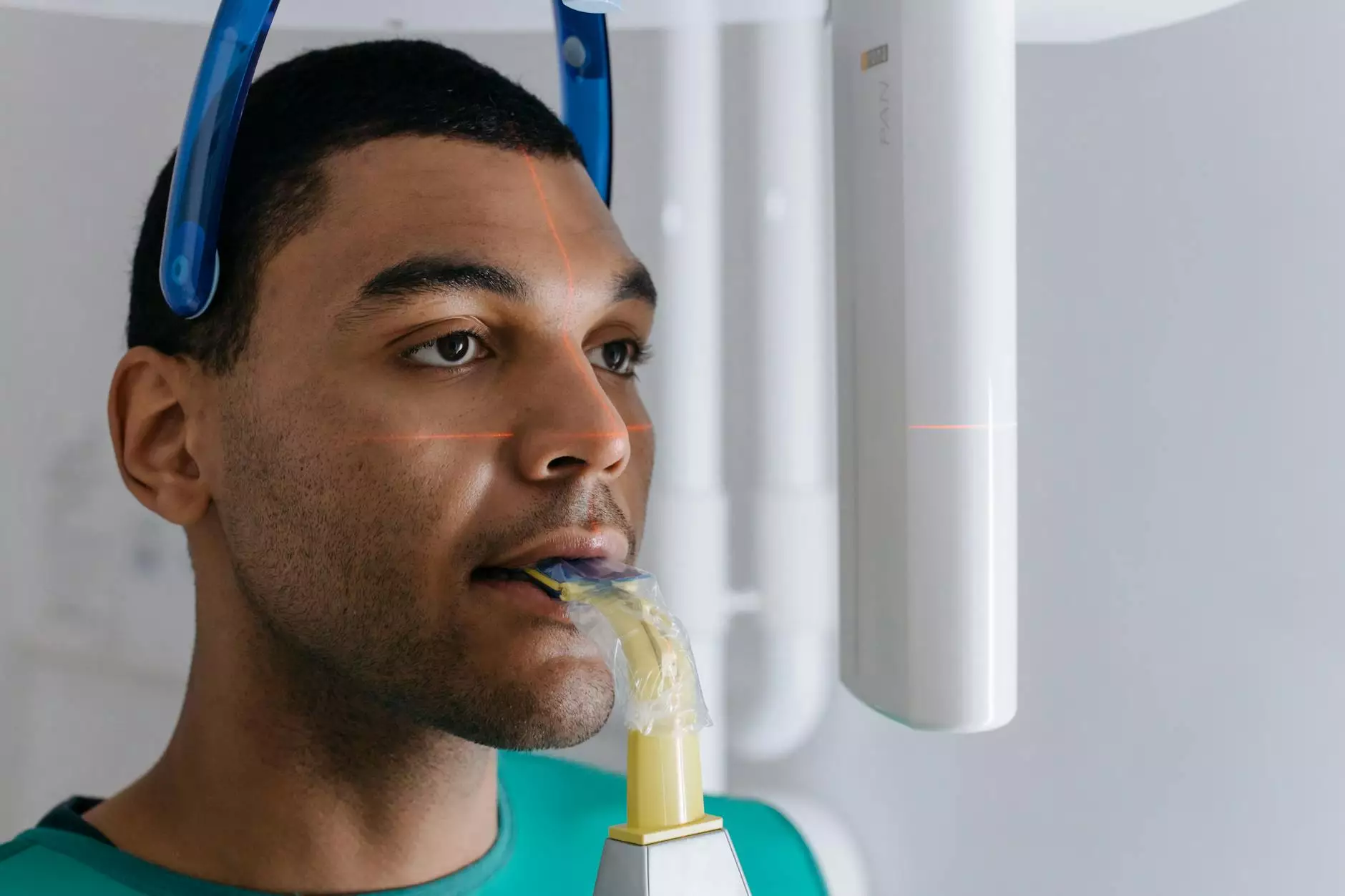Understanding the Signs of DVT in the Knee: A Comprehensive Guide

Deep vein thrombosis (DVT) is a significant medical condition that arises when a blood clot forms in a deep vein, typically in the legs. The signs of DVT in the knee area can be subtle yet critical to recognize, as timely diagnosis can prevent severe complications such as pulmonary embolism. This article will delve into the identifiers of DVT, underlying causes, risk factors, and approaches for treatment, equipping you with essential information to safeguard your health.
What is Deep Vein Thrombosis (DVT)?
DVT is characterized by the formation of a blood clot in a deep vein, and while it often occurs in the legs, it can also impact other areas including the knee. When a clot forms in the knee area, it can obstruct blood flow and cause a variety of symptoms that require immediate medical attention.
Recognizing the Signs of DVT in the Knee
Identifying the signs of DVT in the knee is crucial, as early detection can mitigate the risk of serious health issues. Common indicators include:
- Swelling: One of the most prominent signs of DVT is swelling in the affected leg, particularly around the knee. If one leg appears significantly larger than the other, it may suggest a clot.
- Pain or Tenderness: Patients often report pain or tenderness in the knee region or calf. This discomfort may feel like cramping or soreness.
- Red or Discolored Skin: The skin over the affected area may become red, discolored, or warm to the touch, which are signs of inflammation associated with DVT.
- Temperature Changes: The area around the knee may feel warmer than other parts of the leg, indicating an issue with blood flow.
- Difficulty Walking: The above symptoms can result in difficulty or discomfort when trying to walk or bend the knee.
Causes of DVT in the Knee
Understanding the underlying causes of DVT is essential for prevention. The primary factors contributing to blood clot formation in the knees include:
- Prolonged Immobility: Sitting or lying down for extended periods, such as during long flights or hospital stays, can slow blood flow and lead to clotting.
- Trauma or Injury: A knee injury or surgical procedure can damage blood vessels and increase the risk of clot formation.
- Medical Conditions: Certain conditions, such as cancer, heart disease, or clotting disorders, can predispose individuals to DVT.
- Obesity: Excess weight can put additional pressure on the veins in the legs, making clots more likely.
- Smoking: Cigarette smoking can damage blood vessels and hinder blood circulation, elevating the risk of DVT.
Understanding Risk Factors Associated with DVT
While anyone can develop DVT, certain individuals are at a higher risk due to specific factors. Some noteworthy risk factors include:
- Age: People over 60 have a higher risk of developing DVT.
- Family History: A family history of DVT or clotting disorders increases individual susceptibility.
- Hormonal Therapy: Use of birth control pills or hormone replacement therapy can elevate the chances of clot formation.
Diagnosis of DVT
If you suspect you have signs of DVT in the knee or elsewhere, it is imperative to consult a healthcare professional immediately. Diagnosis might involve:
- Ultrasound: This non-invasive imaging technique uses sound waves to create an image of blood flow in the veins.
- Blood Tests: D-dimer tests can help determine if there’s an abnormal level of clotting in the body.
- Venography: In some cases, a contrast dye may be injected into the veins to highlight clots on X-rays.
Potential Complications from Untreated DVT
If ignored, DVT can lead to severe consequences. The most critical complication is a pulmonary embolism, which occurs when a clot breaks loose and travels to the lungs. This can be life-threatening. Other complications may include:
- Post-thrombotic Syndrome: This results from damaged veins and can lead to chronic pain and swelling in the affected leg.
- Recurrence: Individuals who have had DVT are at higher risk for future episodes.
Treatment Options for DVT
Fortunately, DVT is often treatable, and prompt medical care can significantly reduce risks. Treatment may involve:
- Anticoagulants: Medications such as heparin or warfarin are commonly prescribed to prevent blood clots from growing and new clots from forming.
- Thrombolytics: In severe cases, thrombolytic medications may be used to dissolve clots quickly.
- Compression Stockings: These help reduce swelling and prevent complications, promoting better blood circulation.
- Surgery: In rare instances, surgical intervention may be necessary to remove a clot, particularly if it is causing severe complications.
Preventing DVT
Prevention is critical for individuals at risk of DVT. Here are some effective strategies to reduce your chances:
- Stay Active: Engage in regular physical activity to improve circulation.
- Hydrate: Keep hydrated, especially during long flights or car rides.
- Leg Exercises: Perform ankle pumps or leg lifts when seated for long periods to encourage blood flow.
Conclusion
Recognizing the signs of DVT in the knee is essential for early intervention and treatment. Understanding the risks, causes, and potential complications associated with DVT empowers individuals to take proactive steps in safeguarding their health. If you experience any symptoms related to DVT, consult a qualified healthcare provider without delay. Remember, awareness and education are pivotal in preventing deep vein thrombosis.
For comprehensive healthcare and vascular services, explore more at Truffles Vein Specialists. Prioritize your health today!
signs of dvt in knee








